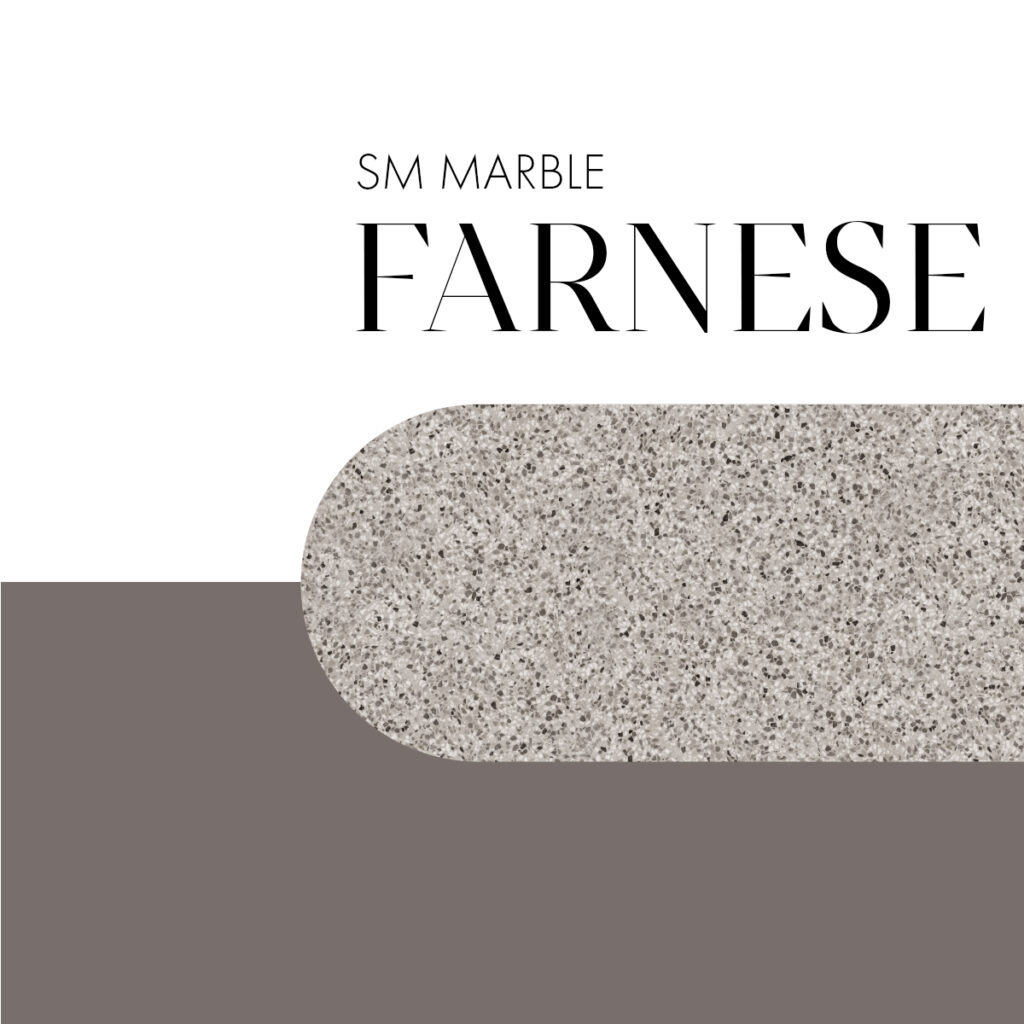The setting for the second act of Puccini’s Tosca, Palazzo Farnese in Rome is a beautiful example of sixteenth century Renaissance architecture. The austerity, the classicism, the rigour of sixteenth century Italian art is conveyed by a cold and refined material: Santamargherita’s material SM Marble – Farnese, christened as such in honour of the famous Roman palace. The colour palette of the material alludes to that of the façade of Palazzo Farnese. Cold tones, elegance and versatility: these are the redeeming characteristics of Santamargherita’s new material.
A gem of the eternal city: Palazzo Farnese
Considered to be one of the “Four wonders of Rome”, Palazzo Farnese is still today an architectural work of great value. The original design of the building was created by Antonio da Sangallo the Younger, upon appointment of Cardinal Alessandro Farnese. Michelangelo also partook in the project, who – it is said – created the window frame on the façade, the balcony above the central entrance and a significant part of the internal courtyard.

